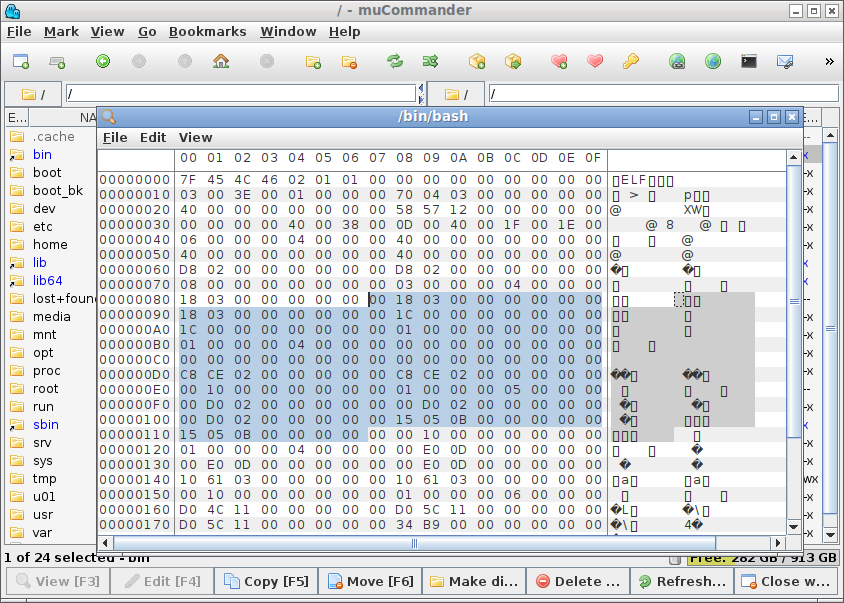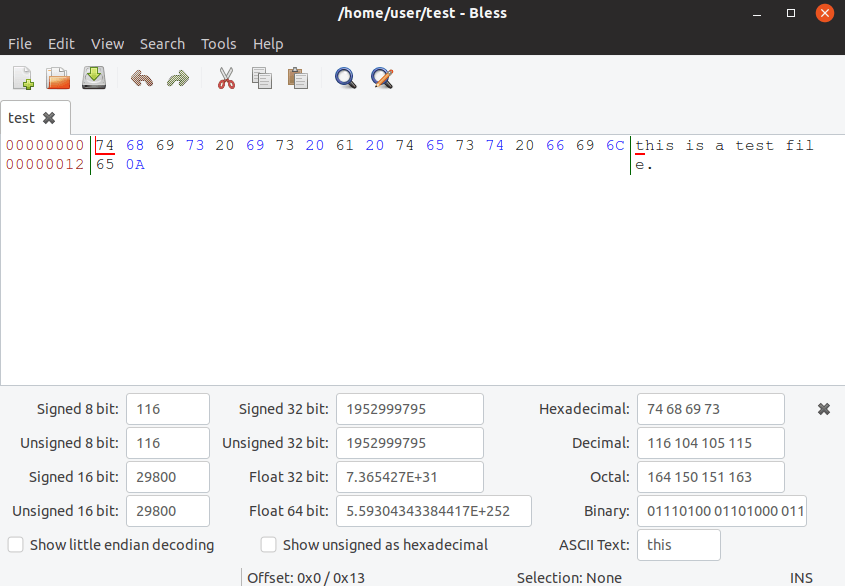

Hexedit is a trustworthy binary file editor and very easy to use it. Hex conversion can be automated however, knowing its usage might allow users to use it more versatile way.Vim facilitates a method to dump a binary file conveniently to hex it according to the user’s wish.Vim’s ‘vi’ compatible mode includes many enhancements, namely merging, comparison, completion, etc.Buffer writing and reading hooks facilitate the vim to edit a binary file automatically as hex mode.(:%!xxd to convert to hex, :%!xxd -r to convert back).
#BINARY EDITOR UPDATE HOW TO#
Having been used as an external tool, this hex code editor is error-prone thus, users need to know how to run it. This Linux hex editor offers this facility with the external tool “xxd” that is, by default, comes with different Linux distribution.

Vim facilitates users editing text files with hex mode, especially for binary data. This writer has looked into a vast range of hex editors and finally picked the twenty best Linux hex editors and viewers for the ultimate users. In this case, the hex editor can be used effectively. Sometimes data might get corrupted because of the collapsed system, and writing a special program to retrieve the data would not be worthwhile. There are far ranges of Linux hex editor available in the market that, to a greater extent, make a user squarely beneficial and allow them to edit binary programs. Additionally, some hex editors are designed to edit and parse sector data from the hard disk and floppy disk, frequently called disk editor or sector editor. A regular hex editor has three specific areas, such as ‘ character area’ on the right, ‘hexadecimal area’ in the middle, and the ‘address area’ on the left. “Hex” is the short form of hexadecimal, a numerical standard format representing the binary program.

It paves the way for manipulating raw binary data for a particular application. A hex editor is a computer program used for editing a binary file that contains machine-readable data.


 0 kommentar(er)
0 kommentar(er)
